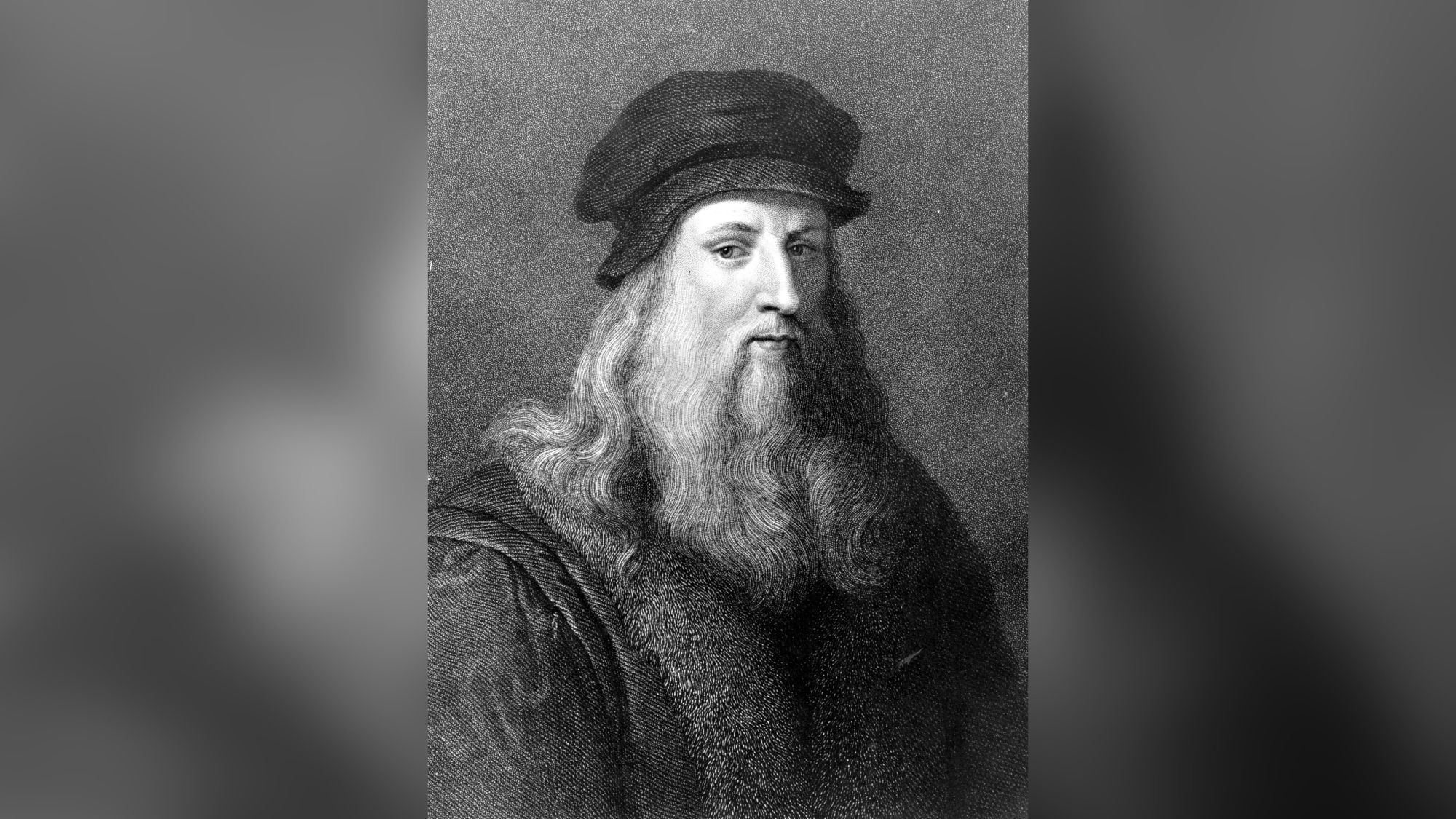Decades-long research into Leonardo da Vinci’s purported remains has revealed how many people currently alive can claim to be descendants of the family of the Renaissance genius and “Mona Lisa” painter: It’s 14.
The findings, published in the journal Human Evolution this month, comes from a new genealogical tree going through 21 generations and four branches.
The research is part of the Leonardo Da Vinci DNA Project, which aims to confirm remains thought to be his and to “better understand his extraordinary talents and visual acuity through genetic associations.”
The researchers behind the study wrote these results are “eagerly awaited from an historical viewpoint,” as they will help academics to “scientifically explore the roots of his genius, to find information on his physical prowess and on his possibly precocious aging, on his being left-handed and his health and possible hereditary sicknesses, and to explain certain peculiar sensory perceptions, like his extraordinary visual quality and synesthesia.”
Researchers gathered data from historical documents in public and private archives, and direct accounts by descendants of Leonardo’s family members.
While the study provided little information about the living descendants, in order to protect their privacy, project researchers Agnese Sabato and Alessandro Vezzosi told CNN that the individuals vary in age from 1 to 85.
“There are very young children and retirees who previously carried out various activities: employees of both public and private bodies, surveyors (and) traders,” the pair said over email, adding: “For us, they are all extraordinary people … from a human point of view. They live in Tuscany. However, the research continues on other branches and in other countries.”
As Leonardo is not known to have had any children, Sabato and Vezzosi focused their research on the artist’s father and his descendents, identifying what they called “some hitherto unknown branches of the lineage.” They looked at “thousands of unpublished documents,” as well as reexamining evidence that was “known but not understood,” they wrote.
“Our original question was: Is it possible that there are no biological heirs from the descendants of the numerous sons of Ser Piero, Leonardo’s father?” they said, adding: “We have always tried to investigate the story of Leonardo the man, as well as (Leonardo the artist), to … explain the reasons for his genius. Now, with the help of science, we hope that we can add some significant answers.”
Born in 1452, Leonardo is known for his paintings “Mona Lisa” and “The Last Supper.” Leonardo also dedicated his time to science, math, architecture, design, engineering, geology, cartography, sculpting and drawing.
His artwork continues to elicit hefty payments from collectors.
Last year, an online bidder paid $98,000 to attend the annual examination of the Mona Lisa, when the Louvre museum in Paris takes the painting out of its case for inspection.
Earlier this month, a new auction record was set when a tiny sketch of a bear sold for more than $12 million.
This article was updated with quotes from researchers Agnese Sabato and Alessandro Vezzosi.
CNN’s Laura Allsop and Jacopo Prisco contributed to this report.

